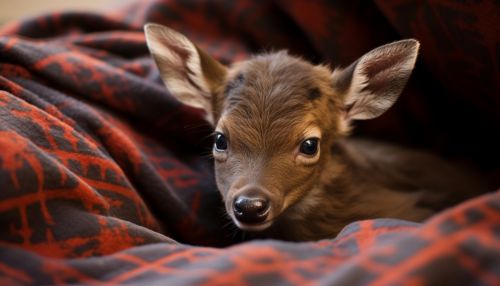Placental mammals
Introduction
Placental mammals are a diverse group of mammals that are united by their unique mode of reproduction, in which the developing embryo is nourished via a specialized organ known as the placenta. This group, known scientifically as Eutheria, includes a vast array of species, from the smallest bats and shrews to the largest whales and elephants.


Anatomy and Physiology
Placental mammals possess certain anatomical and physiological features that distinguish them from other mammals. These include a well-developed neocortex in the brain, three middle ear bones, and mammary glands for milk production. In addition, they have a more complex circulatory system compared to other mammals, with a fully divided four-chambered heart and a double circulation system.
Reproduction and Development
The defining characteristic of placental mammals is their mode of reproduction. Unlike other mammals, they have a long gestation period during which the developing embryo is nourished via a placenta. This organ facilitates the exchange of nutrients and waste products between the mother and the fetus, allowing for a more developed offspring at birth. The placenta also produces hormones that maintain pregnancy and prepare the mother's body for lactation.
Evolution and Classification
Placental mammals are believed to have evolved around 160 million years ago during the Jurassic period. They are classified into several orders based on their evolutionary relationships, including Primates, Rodentia, Carnivora, and Cetacea, among others. Each order is further divided into families, genera, and species.
Diversity and Distribution
Placental mammals are the most diverse group of mammals, with over 5,000 species distributed across the globe. They inhabit a wide range of environments, from the deepest oceans to the highest mountains, and from the hottest deserts to the coldest polar regions. This diversity is a testament to their remarkable adaptability and evolutionary success.
Conservation and Threats
Many species of placental mammals are threatened by habitat loss, climate change, and human activities such as hunting and pollution. Conservation efforts are underway to protect these species and their habitats, but the challenges are immense. Understanding the biology and ecology of these animals is crucial for their survival.
